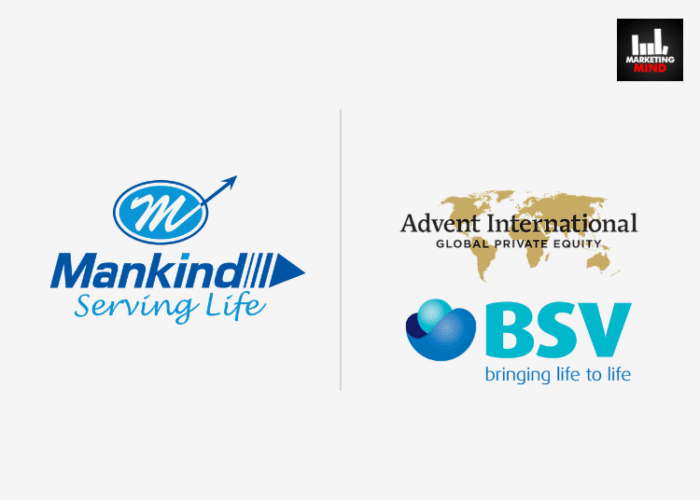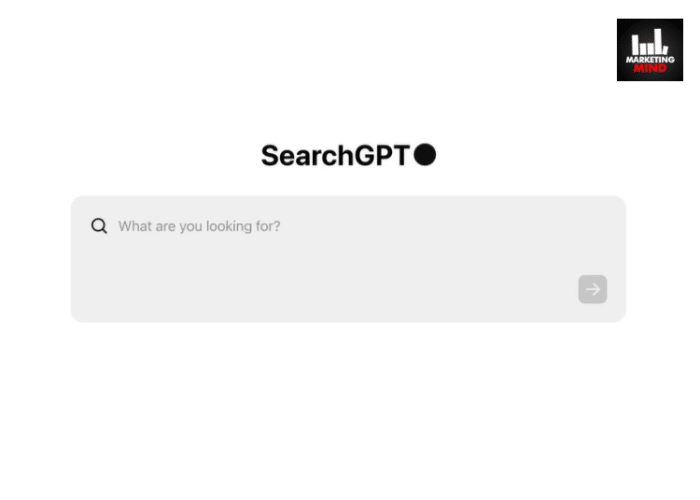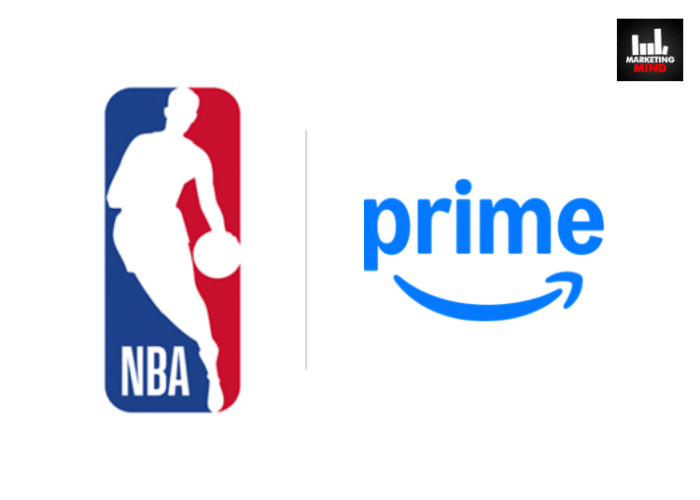Nowadays, small businesses can have instant access to their data thanks to the rise of cloud storage as an efficient solution to data storage needs. File-sharing services also allow for the easy transfer of data within teams of employees.
However, ensuring the security of data while using these cloud storage and file-sharing options can pose a challenge to small companies.
In this survey by Biscom, for example, ninety-five percent of employees claimed to be able to access company data that they didn’t work on.
Many small companies use internet-based file-sharing services for communication and the transfer of documents. While these services offer many benefits, they can also leave sensitive data vulnerable to theft.
So how can small businesses ensure that data is shared securely within the company? If you’re a business owner, how can you prevent unauthorized individuals from gaining access to your company’s files? Here are five tips that can help small businesses with secure data sharing online.
1. Educate your employees about data sharing risks.
The first thing you should do when setting up a file-sharing service is to inform your staff about the risks associated with sharing files using such services. If your employees are ignorant about such risks and the security systems you’ve put in place, your business will remain vulnerable to threats.
Educate your employees, not just about file-sharing risks, but about data security in general. Help them to see that they have an active role to play in ensuring the security of the company’s data. Get them to understand the importance of not letting company data get into the wrong hands. This training should be done regularly to keep them aware and alert.
In addition, managers and team leaders should block all unapproved data sharing centers as these could be used to leak sensitive company data.
2. Protect data in transit
As data is shared among employees in a company, there is often the danger of such data being intercepted during transit. Thus, encrypting data is an important step in keeping sensitive information safe from hackers. If attackers were to intercept your encrypted traffic, they would not be able to access your sensitive data thanks to encryption.
An easy way to ensure that all data transfer is encrypted is to use a Virtual Private Network. Of course, there are many factors to consider before choosing a VPN service. You can get more insights here in this Surfshark review. This is one of the leading VPNs in terms of service quality. It can easily be compared to VPN giants like ExpressVPN or NordVPN. Surfshark’s main advantage compared to Nord and Express is its price.
3. Keep your content-management systems up-to-date.
As the security challenges faced by businesses evolved, it is important that the data-sharing service you employ be updated regularly. Always check for updates or security patches to the content-management system that you are currently using.
Once these updates become available, be sure to upgrade your systems to the latest versions. Doing so will help protect your files against newer threats. New systems may require additional training for your employees. However, it is a worthwhile investment that keeps the company’s security at a high level. So endeavor to train your staff and get them acquainted with the newer software.
4. Monitor who has access to the documents in the cloud.
Cloud storage services allow for the easy transfer of files across employees and team members. Most cloud services such as Dropbox, Box, and Google Drive allow you to share files with a workmate by sending a direct link to the file in the cloud.
While this is convenient, you need to ensure that the link is shared only to authorized individuals. With most of these services, you can set and manage permissions to restrict access to authorized persons only. Box, for example, offers multiple sharing options and a tracking feature that allows you to monitor who has sent, opened, or received a document.
5. Use an integrated system.
While a stand-alone file-sharing system may serve your needs and provide your business with the security it needs, it is limited to just one function. There are often several aspects of your setup that need protection. Getting a stand-alone for these various aspects such as email security and file-sharing can be quite inefficient.
Thus, it is a better approach to opt for an integrated system that provides effective security in all of these areas without any loopholes. This will be more effective and will allow you to rest assured that your sensitive data is secure.
Conclusion
Most file-sharing services have slowly become collaboration platforms that allow teams of employees to share files easily, store them in the cloud, and collaborate on them. Today, there is a wide variety of these services available to both large and small businesses.
To keep your business and customer data secure as you use these data-sharing systems, be sure to implement the steps outlined above. This will allow you to monitor what happens to your data and avoid the risks and vulnerabilities of file-sharing today.













